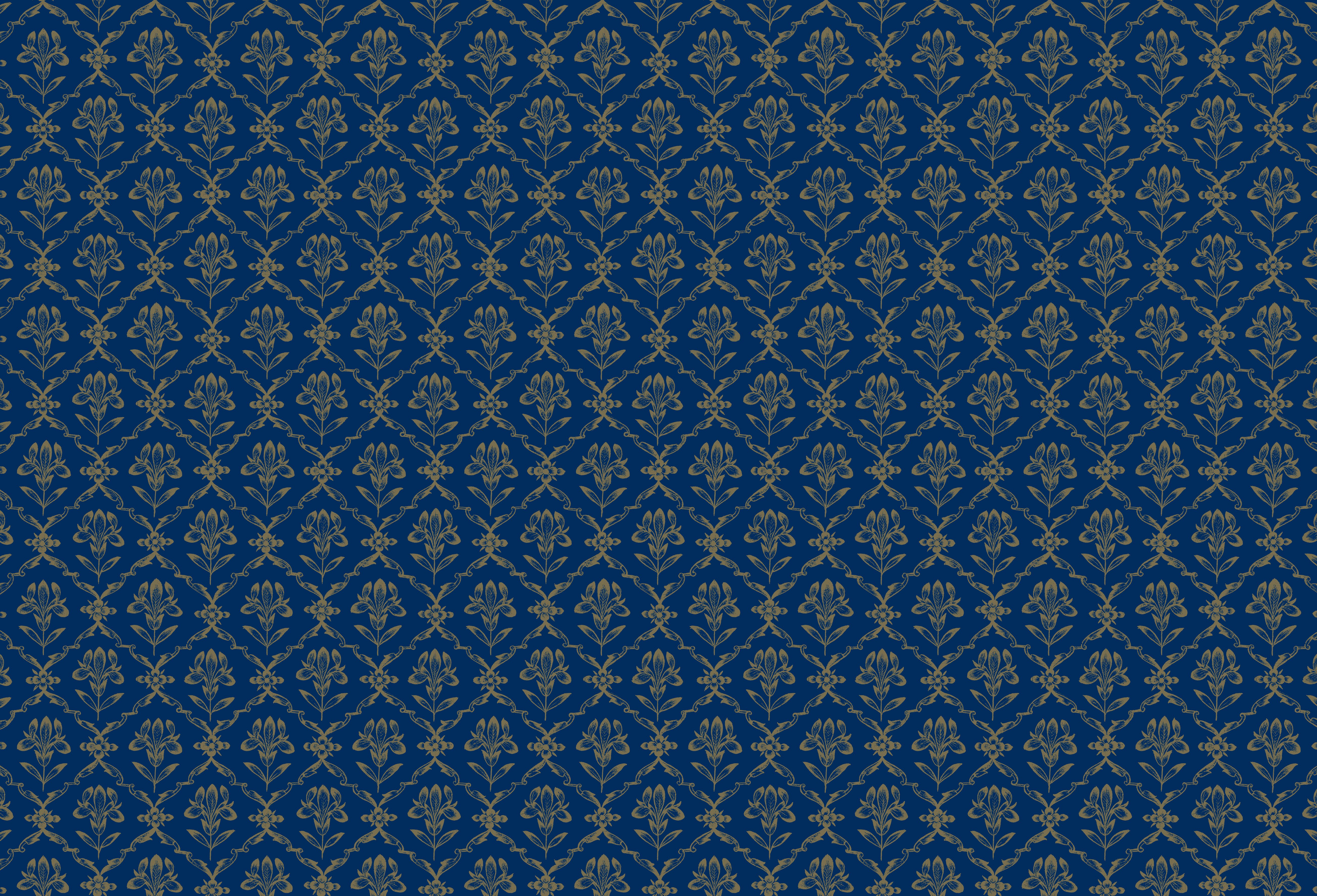
Eastern Encounters
Drawn from the Royal Library's collection of South Asian books and manuscripts
The Padshahnamah : opening shamsah (sunburst)
Mughal, <i>c</i>.1657Fol. 1v from a manuscript of the Padshahnama (see cat. no. 26) | Painting in opaque watercolour including gold metallic paints with decorative incising and black ink inscription on brown paper; set into margins of gold metallic paint on paper with black ink seal impression | 58.0 × 36.4 cm (folio); 46.1 × 28.6 cm (panel) | RCIN 1005025.b
‘The shamsa […] is a divine light, which God directly transfers to kings, without the assistance of men; and kings are fond of external splendour, because they consider it an image of the Divine glory.’[96] This quote from the official historian of the Emperor Shah-Jahan’s grandfather, Akbar, not only explains the importance of the shamsa in representing both divine effulgence and the Mughals’ alleged divine right to rule, but also justifies the Emperors’ partiality towards ‘external splendour’, particularly the use of glistening gold, as an appropriate reflection of the Almighty.
Visual depictions of the shamsa were often placed as frontispieces at the beginning of Islamic manuscripts. Their seemingly exponential structures, radiating from a central aureole, act as a visual metaphor for the unity, infinity and harmony of the Divine.
The two shamsas of the Padshahnama are outstanding in their size and level of refinement. Faint indented construction lines and compass holes are evidence of the illuminator’s methods when drawing their complex geometric structures. On top of this guide, floral arabesques were painstakingly painted in varied tones of gold, mixed with other metals, bright lapis and other deep pigments.
[96] Ain-i Akbari, vol. 1, p. 52.
Bibliographic reference(s)
Beach and Koch 1997, pp. 24, 159







